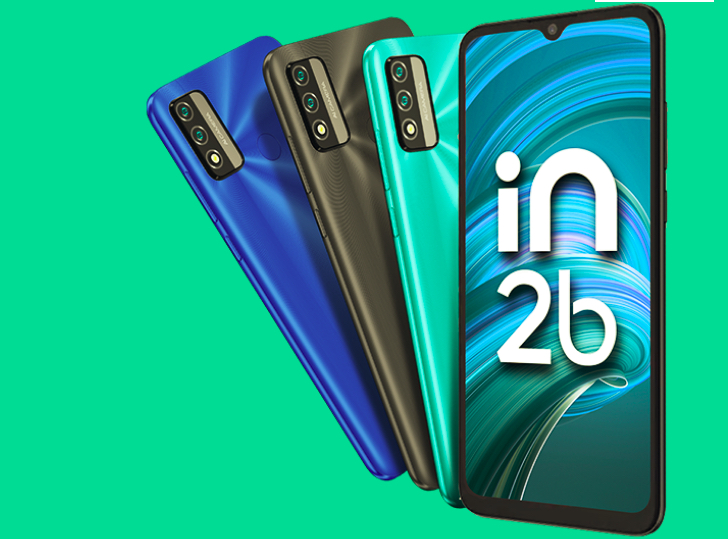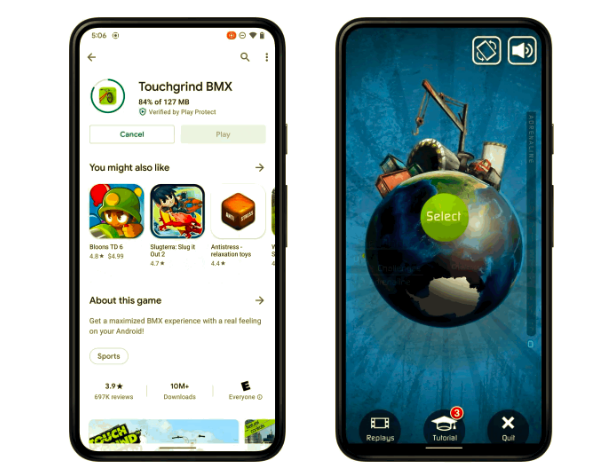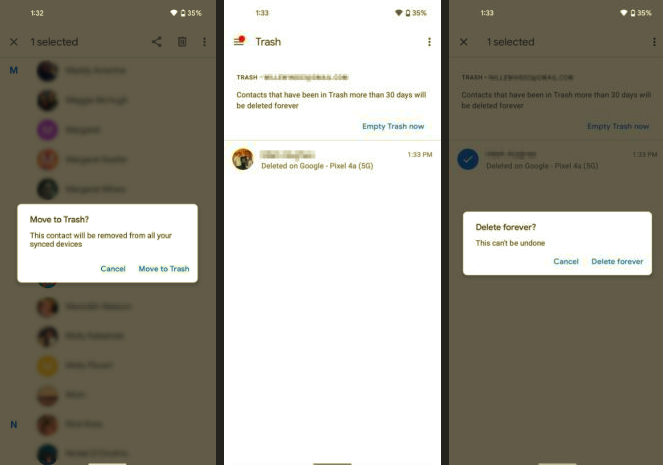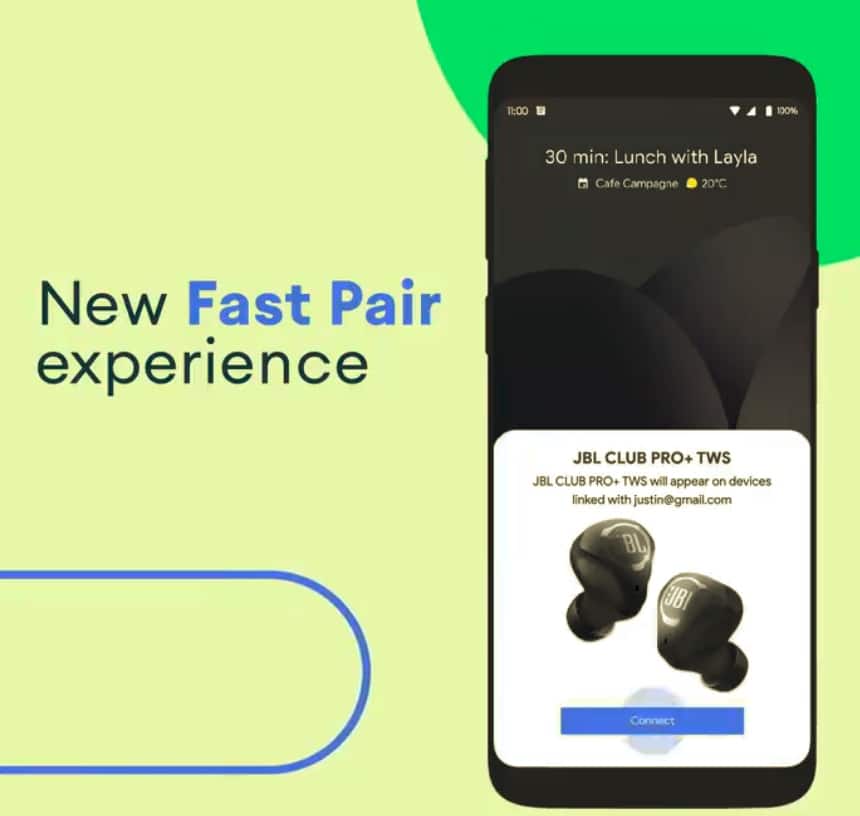The Xperia Z, launched a mere 8 months ago, rightly drew as many brickbats as it did bouquets – it was a sharp-edged glass slab with an unremarkable display, an easily-muffled speaker and an underperforming camera. And here’s the new Z1 to put all that right – credit to Sony in that it largely succeeds, with only a few of the Z’s original annoyances remaining.
The Z1 is still an over-tall slab, but there’s now an aluminium frame to both add class and also provide some rounded corners, these don’t dig into the palms quite as much as they did on the Z. There are still huge bezels top and and bottom, not helped by the use of on-screen virtual Android controls, meaning that in almost all applications, content only starts a full inch above the bottom of the phone.


Xperia Z1 powered on, note the virtual controls and large bezels…
Sony would no doubt argue that this is to provide a way for the user to hold the phone more securely without triggering unwanted touchscreen actions, but the result is a phone which is 144mm long/tall – it’s not completely unmanageable, but there are going to have to be some standout features elsewhere to create a reason for choosing the Xperia Z1 over some of its competitors, not least the massive-selling Galaxy S4.
There are, thankfully, now less of the tiresome waterproof flaps – the most used, the headphone socket, is now waterproofed on the inside. Of the remaining three, for microUSB/charging, microSD and microSIM, they all have to be kept behind flaps still, the first for charging and safety reasons and the latter two to look neater – you wouldn’t want your card and SIM to be showing, of course. On other devices, the latter two are rarely accessed and are hidden beneath a battery cover, but the Z1 is an iPhone-like sealed design (sadly), so there isn’t that option.


Two of the three waterproofing flaps…
On the left side are two metal contacts – these are for a magnetic charging dock that sits on your desk and which saves you having to open the microUSB charging port cover at all. Which should help avoid hassle and reduce wear and tear – and therefore make the waterproofing more reliable. I’m a huge fan of desk docks, having used one on the Galaxy Nexus for a couple of years – just plonk the phone in and you’re charging, a dozen times a day, with no hassle, so it’s great to see this option here.


Dock contacts, an essential feature if you do plump for the Z1…
The silly over-sized, circular power button is now a lot more discreet, though its styling still looks out of place amidst the otherwise sleek straight edges, and the Z’s disappointing camera has been significantly beefed up with a larger sensor – of which more later.


The power button is smaller and more discreet….
You may remember the insane speaker positioning on the ‘Z’, on the bottom right side, where it would be muffled every time the phone is held? That’s fixed too, the speaker now outputs sound through a small opening in the bottom face. As usual with Sony phone speakers, the output is good, though not in the same class as that from (e.g.) the HTC One, Apple iPhone 5 and Nokia Lumia 920. With such a focus on multimedia in the Z1, it’s perhaps surprising not to see stereo speakers – as it is, you’ll have to get used to sound coming from the right hand side only when watching videos.
Audio quality via wired or Bluetooth headphones is fantastic, Sony is really switched on here with good attention to detail, and there are the apt-x codecs covered for the A2DP profile on Bluetooth.


The huge black slab that is the Z1… ‘Resplendent’ in factory fitted plastic protectors, front and back….
Still curious here is the use of factory-fitted front and back plastic screen protectors – I just don’t understand these. Surely they’re more scratchable than the Gorilla Glass underneath? They just add a somewhat clammy feel to what should otherwise be cold glass and they also attract fingerprints and dust far more. You cannot keep the Xperia Z1 in a pocket, or it’ll come out looking like the shot below every time. Sony – don’t bother with the dust-attracting plastic protectors, next time, eh?


Dust everywhere on the static-charged plastic screen protector, and this is from just a dip in a jeans pocket and 10 seconds face-down on a table…
By the way, if you’re very careful with a razor blade, it’s apparently possible to remove them, but I couldn’t possibly endorse this experiment!
The 5” screen itself was one of the weakest areas of the ‘Z’ and it’s better here – you don’t have to view it absolutely head-on and the blacks are… a bit closer to black. We’ve been spoiled a bit by the super displays on Samsung’s top Galaxies, Nokia’s CBD affairs on the Lumias and HTC and iPhone and… oh heck, everything else north of about £300 (SIM free) – which is why it’s still a little disappointing that Sony’s using display tech that’s apparently from 2009.


Screen detail and quality – 1080p and better contrast and viewing angles than on the original Z…
There’s ‘X Reality for Mobile’, a way of boosting colours and contrast in software when viewing photos or videos but this shouldn’t be needed at all. Sony, just put in a better screen in the first place! It’s 1080p and very crisp, but I’d rather have blacker blacks and better viewing angles and I suspect I’m not alone.
Android and Xperia UI
Once things get going, into the Android experience and day to day operation, the Z1 shines though – it’s Sony’s Xperia UI and a known quantity, though with the slight tweak here in a slide out Android 4.3-style panel of options in the app launcher, shown below. Don’t be too fooled though, since it’s just Android 4.2.2 under the hood. No doubt Sony will issue an update to v4.3 “as soon as possible”. So that’s err… Christmas if you’re lucky.


The Z1’s default lockscreen and tweaked app launcher – note the Android 4.3-like slide-in options panel from the left…
The user interface and general functions are admirably fast, helped by a genuinely cutting edge Snapdragon 800 running at 2.2 GHz under the hood, along with 2GB of RAM. Wow, that’s my desktop PC spec only a handful of years ago! Battery life is good too, the Z1 easily made it through the day, as you’d expect from a 3000mAh battery.


Customising homescreens is as easy as picking the sort of addition/tweaking – here I’m trying out various ‘themes’, a Sony addition to the platform.
Over and above the usual Android application set, there’s Sony’s own set of media shops, with Sony Select, Video Unlimited, Music Unlimited, PlayStation Mobile, and so on, plus promo apps like Xperia Lounge and Xperia Privilege. It’s a slightly bewildering set of extras in that there’s so much duplication with Google’s own Play Store offerings – Sony is hoping that new users start off in their siloed content stores and never leave, but I wish the company would stick to just making the hardware.


Buying Movies in Sony’s Video Unlimited Store… To be fair, the prices are the same as in the Google Play Store, but I’d have more peace of mind for future re-downloads with Google’s generic version….
I get that each manufacturer is trying to make a little extra money from content on their platform, but any short term gain (and there can’t be that much profit after all the hassle of running the stores and arranging the licenses) will surely be outweighed by customer confusion, dissatisfaction and brand damage once users realise that the content they’ve been buying could have been sourced elsewhere for less money and with less hassle when switching between devices.
There’s also the viewer-only part of the third party OfficeSuite (with in-app options to purchase editing capabilities), though this is somewhat redundant now that the full (rival) Quickoffice suite has been released as freeware by Google… Plus the usual TrackID music track recognition utility, the rather pointless McAfee Security (just stick to the Play Store folks) and the trivial photo effects utility Pixlr Express.


Sadly, only the viewer part of OfficeSuite has been licensed… I’d suggest users install Google’s own free Quickoffice suite instead?
Smart Connect has been seen before in Sony devices and attempts to action the appropriate system functions and apps when certain events occur, e.g. plugging in headphones or your charger. A nice idea and worth investigating.


Smart Connect is a great initiative, triggering off headphone insertion and charging. Add in NFC tag actions and your smartphone life is pretty automated…
Plenty for new users to explore, though – and plenty for Android old-hands to have to delete or side step, equally!
Camera matters
So – why should anyone plump for the Xperia Z1 over the current 2013 competition? Certainly not for the form factor, it’s more cumbersome and more fragile (if dropped) than the HTC One and Galaxy S4, plus there’s the rather annoying dust issue, as mentioned above. But the Z1 is faster, if web browsing is your bread and butter, plus there’s a potential clincher in… the camera.


The Z1’s 1/2.3″-sensored, BIONZ-powered camera…
With a 1/2.3” sensor and f/2.0 aperture, the Z1’s camera already looks like leading the Android pack – the bulbous Galaxy S4 Zoom aside. But there’s more – there’s 20MP native resolution and a dedicated BIONZ image processor, outputting an oversampled 8MP shot for the user in pretty much the same way as Nokia’s 808 and Lumia 1020 PureView devices do. Plus you can zoom in, by almost 2x without losing any genuine pixel detail.
In theory then, the Z1 is walking in Nokia’s PureView shoes, and, in good light, it does exactly that, putting out rather splendid shots with small amounts of tasteful zoom here and there. However, the sensor used is inherently far noisier than it should be and even copious amounts of noise reduction can’t stop low light and flash-lit shots turning into noisy, blurry messes. See the photo samples and their central crops here for an idea of quality.


Photo sample from the Z1


Photo sample from the Z1, cropped to central detail


Photo sample from the Z1


Photo sample from the Z1, cropped to central detail


Photo sample from the Z1 in very low light (much darker than the photo makes it seem!)


Photo sample from the Z1 in very low light (much darker than the photo makes it seem!), cropped to central detail
Remember that the photos above (and their crops) are after the oversampling has been applied in the BIONZ image processor. In the low light shot, look at the noise in areas of solid colour and then imagine how noisy the original 20MP version of the image was on the sensor. In fact, I can show you the sort of noise that’s involved – here’s a (twice-magnified) crop from a raw 20MP shot of a hand-drawn poster indoors in murky light (with LED flash off). Don’t worry too much about overall quality, just look at the character of the noise from the sensor:


Low light extreme crop from 20MP shot, look at the character of the noise from the sensor!
Clearly something’s not right – I can’t believe the hardware is this bad, so hopefully a firmware update from Sony can fix whatever low level bug is causing this sort of noise.
Plus how could Sony have decided on a camera-champion Android flagship and…. forgotten to include a proper Xenon flash? As it is, you rock up to the party with the cutting edge Z1 and take shots like the one below…


Xperia Z1 LED-lit party ‘moving subject’ party mock-up shot…
While your Nokia Lumia 1020-owning friend may lack a native Instagram client, but he gets the crystal clear shot shown below. They’re worlds apart and, now that ‘flat’ capacitors are available for driving Xenon bulbs – as in the 1020 – Sony hasn’t really got any excuse for missing such a flash out.


Lumia 1020 Xenon-lit party ‘moving subject’ party mock-up shot… note how much crisper the snap is. Xenon FTW!
Video capture is excellent, though don’t put too much store in the claimed Nokia-like PureView zoom. Zooming is controlled using the volume up/down buttons and the sensitivity is such that you’re either fully zoomed out or right on the lossless zoom limit with one short press. Sony needs to make this control around ten times less sensitive, so that users can do arty zooming during capture without such drastic changes. It’s also easy to zoom beyond the ‘lossless’ stage, i.e. into traditional digital zoom territory, with detail being made up by the software and with ugly artefacts evident in the footage.
Stay zoomed out and simply shoot and results are good though, with nice clear audio capture. There’s a ‘SteadyShot’ digital stabilisation system that helps if you’re shooting a fixed scene but which – as is typical of this type of system – introduces ‘tearing’ frame changes when you start to move to any degree (e.g. walking or panning).
You may have seen Sony releasing the QX10 and QX100 ‘lens cameras’, these are pitched as companions to the likes of the Z1 but I really can’t see the point, when these extras don’t have any flash at all and arguably don’t bring much more to the table – except lag and JPG-moving and charging hassles. If photos are that important to you, then just buy a camera phone with a better camera in the first place like the Lumia 1020, or stay with Android, get a cheap Nexus device plus a proper standalone camera!


The Z1 in hand – fast and competent Android, but it’s a sizeable chunk of metal, plastic and glass!
Verdict
There’s no question that the Xperia Z1 is the device the Z should have been. The only trouble is that the Z2, no doubt to be launched at MWC 2014, will be the device the *Z1* should have been! The Z2 will hopefully have a better screen, no nasty plastic protectors, proper Xenon flash, and so on. You heard it here first…
Sony is iterating fast and may well get there with its Xperia line, but the Z1, despite a host of improvements and things to admire, isn’t quite the Android champion it desperately wants to be.
Thanks to Clove Technology for providing the review device.



















